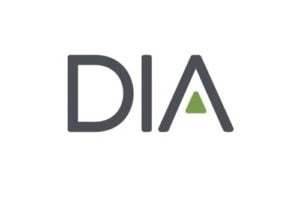These important developments and consequent actions taken in response were overviewed by IFAPP, IFAPP Academy, and JAPhMed in the webinar COVID-19 Pandemic in Japan: Facts and Expectations sponsored by DIA Japan and reviewed below.
Organization and Communications
COVID-19 Treatments and Vaccines in Japan
“Zero-based thinking,” or “thinking outside the box,” was deemed to be another key success factor in the rapid development of COVID-19 treatments and vaccines. It is important to have a high tolerance for uncertainty when tackling unprecedented challenges. For example, the relevant parties should collaborate to generate new social-beneficial innovative values across and beyond the boundaries established between academia, industry, and health authorities. In our current, highly uncertain circumstances, attitudes toward uncertainty are critical. Perceptions of acceptable and unacceptable risk have been changed by these unprecedented challenges, which may open the door for a “new normal,” both in Japan and globally, in the future.



